Posted on 10/15/2024
Is your car not running like usual? Is it stalling or surging? Rocking or shaking? Getting issues such as these checked out as soon as possible is ideal as it could grow into a bigger issue if you let it go. There could be several reasons why your car is running rough. Here are some common issues to consider: 1. Fuel Issues: Dirty fuel injectors or a clogged fuel filter can affect the flow of fuel to the engine. Also, a weak (aged), a bad fuel pump, and fuel leaks. 2. Ignition Problems: Worn spark plugs, ignition coils, or issues with the ignition system can cause misfires, leading to rough running. 3. Air Intake Issues: A dirty or faulty mass airflow sensor, air filter, or intake manifold can disrupt the air-fuel mixture. 4. Vacuum Leaks: Leaks in the vacuum system can create an imbalance in the air-fuel mixture, leading to performance issues. 5. Engine Timing: Problems with engine timing, such as a worn timing belt or chain, can cause rough running. Cam shaf ... read more
Posted on 9/27/2024
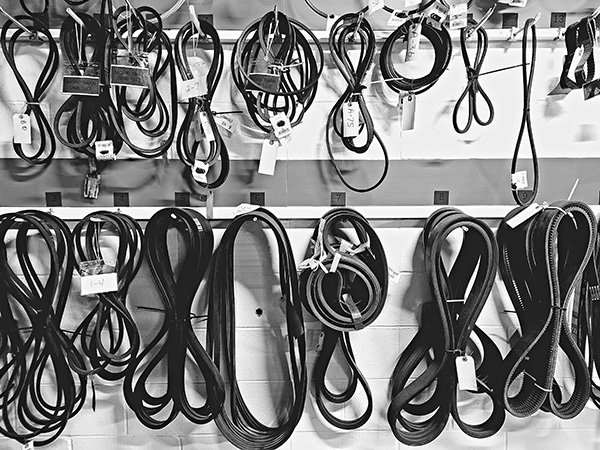
If you’ve ever looked under the hood of your car, you’ve likely seen a complex web of belts and pulleys, and perhaps you’ve wondered how they all work together to keep your engine running. Two of the most important components in this system are the timing belt and the serpentine belt. These belts are essential to your car's operation, but they serve very different purposes. Understanding how they function can help you take better care of your vehicle and avoid major breakdowns. What Is a Timing Belt? The timing belt plays a critical role in your car’s engine. Its primary job is to ensure that the engine’s camshaft and crankshaft rotate in sync, allowing the valves to open and close at the right moments. In simple terms, the timing belt controls the timing of your engine’s internal combustion process. If the timing is off, even by a small fraction, it can cause serious damage to your engine, including misfires or complete engine ... read more
Posted on 9/21/2024
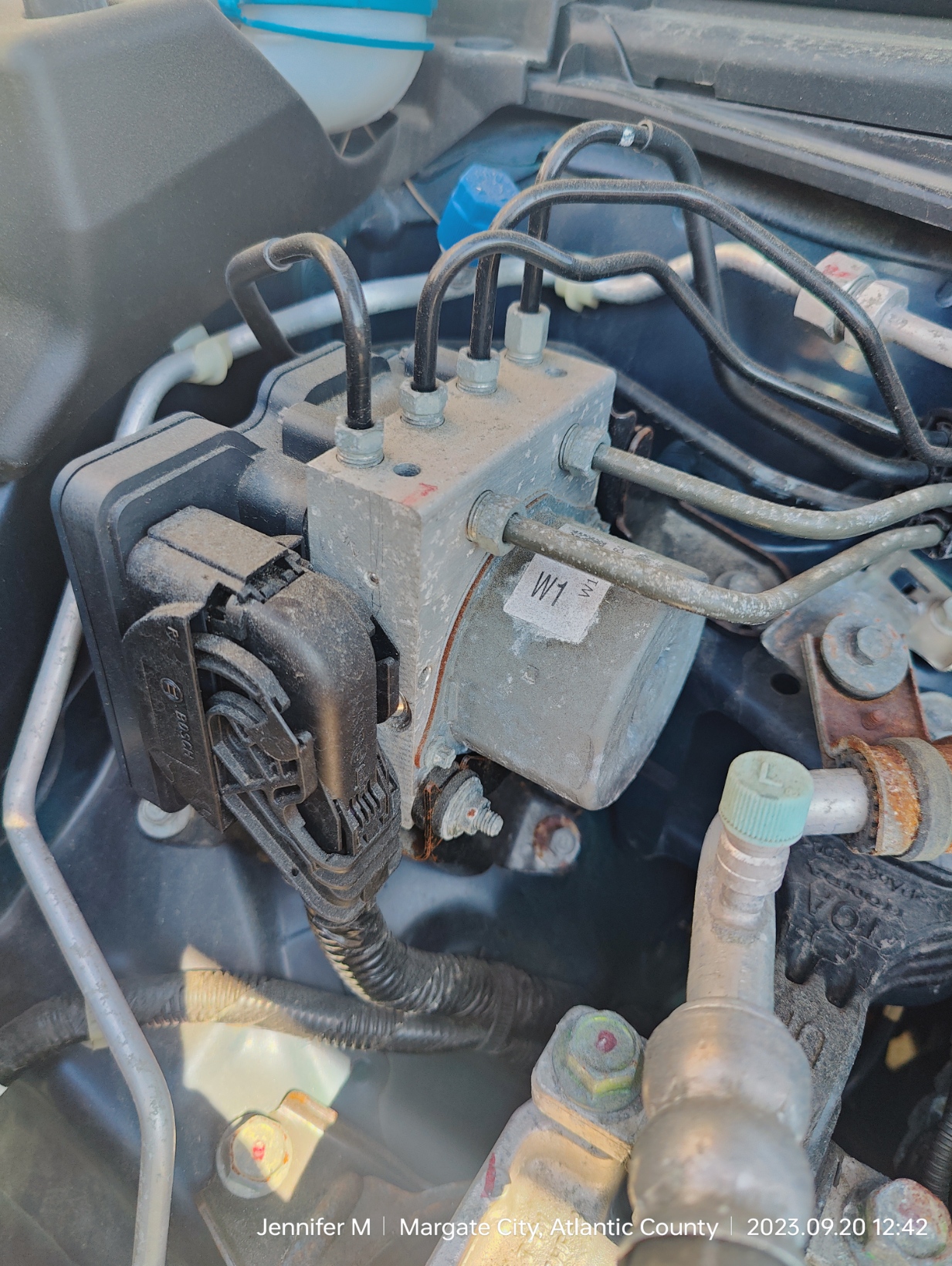
Common Brake Issues. If, when driving you feel like your brakes are ‘spongy’ or are no longer working correctly it is important to address the matter immediately. Brakes are used to stop your vehicle, and any hesitation or fault could be very dangerous. Here are some potential reasons for feeling like your brakes are ‘going’: Low Brake Fluid: If the brake fluid is low, it can affect the hydraulic system, making the brakes less effective. Check the brake fluid reservoir and top it off if necessary. Worn Brake Pads: If the brake pads are worn down, they may not grip the rotors effectively, leading to a feeling of reduced braking power. Brake pads work best when over 3mm. Also, ceramic brake pads work best. The downside to ceramic brake pads is that they are noisier. Warped Brake Rotors: Warped rotors can cause uneven braking and might make it feel like the brakes are not responding properly. T ... read more
Posted on 8/30/2024
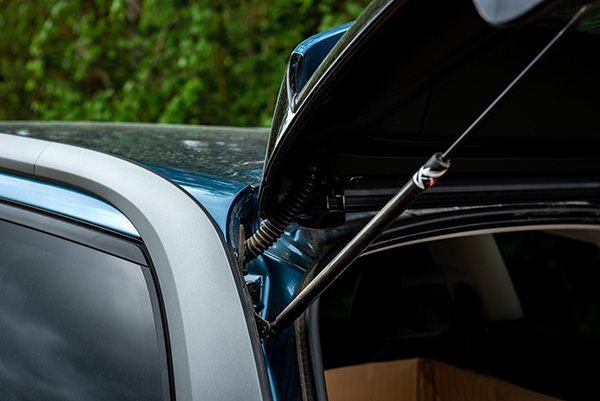
Few things are more frustrating than struggling to load your car’s trunk while the lid slams down unexpectedly. Not only is it inconvenient, but it can also be dangerous. So, why won’t your car’s trunk stay up? Let’s break down the most common reasons behind this issue and how you can address them. The Role of Trunk Struts and Springs The key components responsible for keeping your car’s trunk open are the trunk struts (sometimes called gas struts or lift supports) and, in some cases, torsion springs. These parts work together to counterbalance the weight of the trunk lid, making it easy to lift and ensuring it stays open. When they’re functioning correctly, you hardly notice them, but when they fail, the issue becomes immediately apparent. Worn Out or Failing Struts One of the most common reasons your trunk won’t stay up is that the struts have worn out. Trunk struts are filled with pressurized gas that pr ... read more
Posted on 7/26/2024
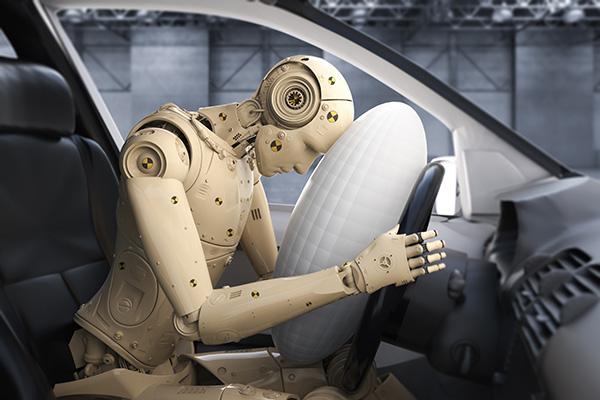
Car safety has evolved significantly over the decades, and airbags have become crucial components in protecting passengers during collisions. Have you ever wondered how these life-saving devices work? Let's explore the fascinating science behind airbags and why they are indispensable in modern vehicles. The Evolution of Airbag Technology Airbags weren't always standard in cars. It wasn't until the 1980s and 1990s that they became widely adopted. Early airbags were a significant innovation, but they lacked the sophistication of today's systems. Modern airbags are the result of extensive research and technological advancements, making them more effective and reliable than ever before. How Do Airbags Work? At the core of an airbag system are sensors, inflators, and the airbag itself. When a collision occurs, the car's sensors detect the ... read more
Posted on 6/26/2024
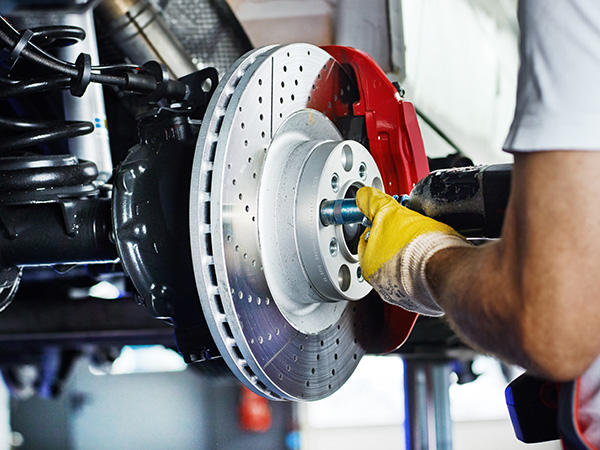
Every time you hit the brakes in your car, a sophisticated system silently goes to work to ensure your safety on the road. This system, known as the Anti-Lock Braking System (ABS), is a critical component that plays a pivotal role in preventing wheel lock-up during emergency braking. Let's explore the intricate mechanisms behind your car's ABS and understand how it contributes to safer driving experiences. Deciphering the Function of the ABS System The ABS system is designed to prevent the wheels from locking up during sudden or hard braking, allowing the driver to maintain steering control and avoid skidding. This is achieved through a series of sensors that monitor wheel speed and relay critical data to the ABS control module. When the system detects a potential lock-up, it modulates brake pressure to individual wheels, ensuring optimal traction and stab ... read more
Posted on 5/29/2024
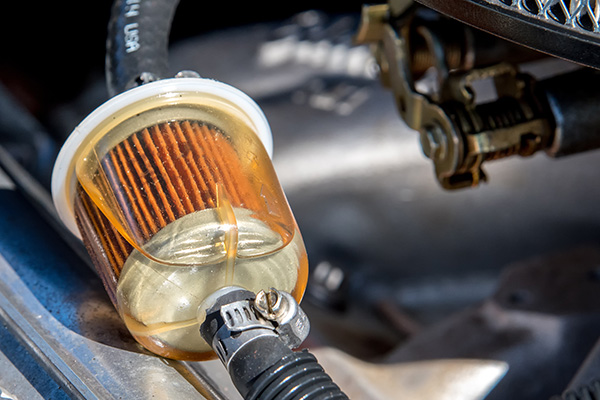
If your car has been acting up lately, you might wonder what's going on under the hood. Is it something minor, or could it be a more serious issue? One less-known common problem is a clogged fuel filter. It is an important component for maintaining your vehicle's performance, and when it gets clogged, it can cause various symptoms that might make your car struggle. The Role of a Fuel Filter Your car's fuel filter is like a gatekeeper for your engine. Its primary job is to filter out dirt, debris, and other contaminants from the fuel before it reaches the engine. Over time, these contaminants can build up, causing the filter to become clogged. When this happens, fuel flow to the engine is restricted, leading to performance issues and even engine damage if not addressed promptly. Signs Your Fuel Filter Might Be Clogged1. Difficulty Starting the Engine One of the first signs of a clogged fuel filter is trouble starting yo ... read more
Posted on 4/29/2024
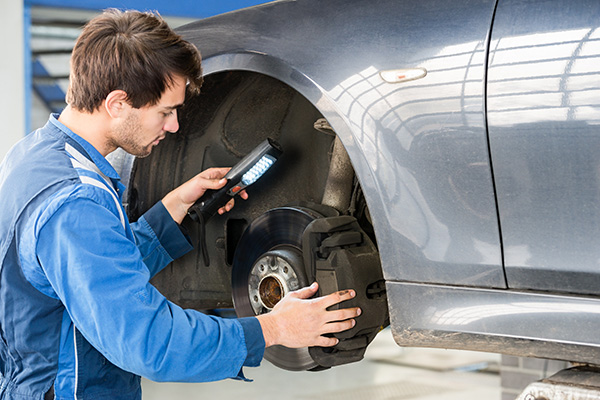
Regular brake inspections are critical for your safety and vehicle's reliability. Neglecting them can have dire consequences. Prioritize brake inspections to keep yourself and your passengers safe on the road. They should not be overlooked as just another routine maintenance task. The Car's Brake System It's imperative to grasp the fundamental workings of brake systems. Whether your vehicle boasts a conventional hydraulic braking system or the more sophisticated electronic brake systems found in modern cars, the underlying principle remains constant: the conversion of kinetic energy into heat energy to slow down or halt the vehicle's motion. A Closer Look at Brake ComponentsBrake Pads:These crucial components create friction against the rotors, enabling the vehicle to slow down effectively ... read more
Posted on 3/29/2024
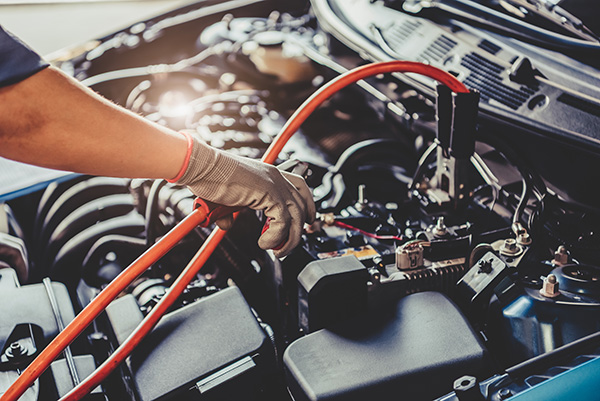
Have you ever been stranded with a dead car battery? Many drivers have experienced this frustrating situation at least once. But what if there was a way to breathe new life into that lifeless battery? Before you call for a tow or rush to the nearest auto parts store, let's explore the world of car battery recharging and discover if there's hope for your stranded vehicle. Car Batteries and Discharge Before diving into the recharge process, it's essential to understand how car batteries work and why they die. Car batteries are rechargeable energy storage devices that supply electrical power to start the engine and power various vehicle components. However, over time, batteries can become depleted due to various factors, including age, temperature extremes, and electrical drain from accessories ... read more
Posted on 2/29/2024
.jpeg)
Have you ever noticed that your steering wheel isn't aligned straight when driving in a straight line? This common issue, known as a crooked steering wheel, can be both frustrating and concerning for drivers. But fear not! Here is everything you need to know - to fix and prevent it. Common Causes of Crooked Steering Wheels When your steering wheel isn't aligned straight, it's indicative of an underlying issue within your vehicle's steering and suspension systems. Let's delve into some common culprits behind a crooked steering wheel: Misaligned Wheels One of the primary reasons for a crooked steering wheel is improper wheel alignment. This misalignment can occur due to various factors, including worn suspension components or the aftermath of a recent collision. When the wheels aren't properly aligned, it can lead to the steering wheel being off-center, causing it to veer to one side. Uneven Tire Wear Anothe ... read more